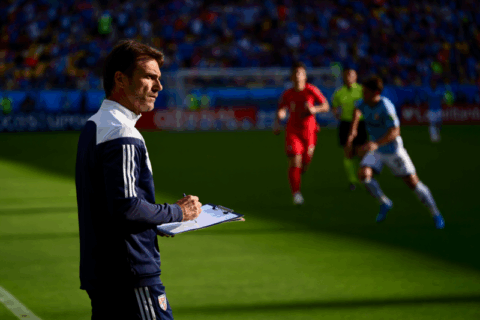
How Injuries Shape Player Performance and Tournament Results
In the high-stakes world of sports, an athlete’s health directly correlates with their ability to perform at peak levels. Injuries are unpredictable yet inevitable components of athletic competition, and their impact extends far beyond individual discomfort. They can determine game outcomes, influence tournament progression, and even reshape team strategies. Understanding how injuries affect player performance and tournament results is crucial for coaches, players, and sports professionals aiming to optimize success and mitigate risks.
The Critical Role of Injuries in Sports Performance
How Injuries Affect Player Capabilities
Injuries can impair an athlete’s physical capabilities, including strength, speed, agility, and endurance. For example, a hamstring strain may limit running speed, while a shoulder injury could hinder throwing accuracy.
Key impacts include:
- Reduced physical performance
- Altered movement patterns leading to decreased efficiency
- Loss of confidence impacting mental focus
Moreover, injuries often require rest and rehabilitation, which can cause players to miss crucial matches or entire tournaments. This absence affects team dynamics and diminishes competitive edge.
Psychological and Emotional Consequences
Injury isn’t solely a physical setback; it also takes a mental toll. Athletes may experience frustration, anxiety, or loss of motivation, which can prolong recovery times and affect subsequent performances.
Psychological effects include:
- Fear of re-injury impacting gameplay
- Decreased self-confidence
- Increased stress levels during recovery
Long-term Career Implications
Repeated injuries or inadequate management can hinder an athlete’s long-term career trajectory, sometimes leading to early retirement or reduced playing abilities. Recognizing injury risks and implementing preventive measures is crucial to safeguarding an athlete’s future.
How Injuries Influence Tournament Outcomes
The Domino Effect on Team Success
An injury to a key player during a tournament can dramatically alter the outcome. For instance, losing a star striker or a defensive cornerstone shifts team strategies and can reduce the chances of victory.
Notable examples include:
- Soccer teams losing a top scorer during knockout stages
- Basketball teams’ performance declining after key injury-related substitutions
- Tennis players sidelined just before critical matches
Shifts in Tournament Dynamics
Injuries sometimes open opportunities for underdog teams or substitute players to step up, reshaping tournament dynamics. While this can lead to unexpected results, more often, it weakens the injured team’s chances of success.
Strategic Management of Injury Risks
Effective injury management influences overall tournament results. Teams that prioritize injury prevention, timely diagnosis, and comprehensive rehabilitation increase their chances of maintaining optimal performance levels.
Managing Injury Risks for Better Performance Outcomes
Preventive Strategies
Implementing injury prevention protocols is foundational:
- Proper warm-up and cool-down routines
- Strength and flexibility training
- Personalized training loads based on athlete capacity
- Use of appropriate equipment and protective gear
Monitoring and Early Detection
Regular medical checkups and use of sports science tools help detect injuries early, minimizing severity and downtime.
Integrating Recovery and Rehabilitation
Tailored recovery programs expedite return-to-play timelines while ensuring fitness and safety. Psychological support also plays a vital role in maintaining mental resilience.
Frequently Asked Questions
How common are sports injuries during tournaments?
Injuries are relatively common, particularly in high-intensity competitions. Studies show that upwards of 20-30% of athletes may sustain some injury during a tournament season, emphasizing the importance of preventive measures.
Can injuries be completely avoided?
While it’s impossible to prevent all injuries, the risk can be significantly reduced through proper training, monitoring, and adherence to safety protocols.
How do teams prepare for injury management during tournaments?
Teams often employ dedicated medical staff, physiotherapists, and sports scientists to monitor player health continuously. They also have contingency plans, including substitutes and tactical adjustments, to adapt to injuries rapidly.
What role does neuromarketing and storytelling play in injury prevention communication?
Effective communication leveraging storytelling and neuromarketing strategies enhances awareness and compliance with injury prevention programs. Engaging narratives about athletes overcoming injury setbacks inspire adherence and foster a culture of safety.
Injuries can be pivotal factors shaping player performance and tournament outcomes. They highlight the importance of proactive injury prevention, prompt management, and psychological resilience. Teams and athletes who understand injury dynamics and implement comprehensive management strategies increase their chances of sustained success.
Takeaway: Prioritize injury risk management and foster a culture of health consciousness to maximize performance potential and secure favorable tournament results.
*Interested in optimizing your team’s injury prevention strategies? Contact us today to learn how tailored sports science solutions can elevate your competitive edge.*


